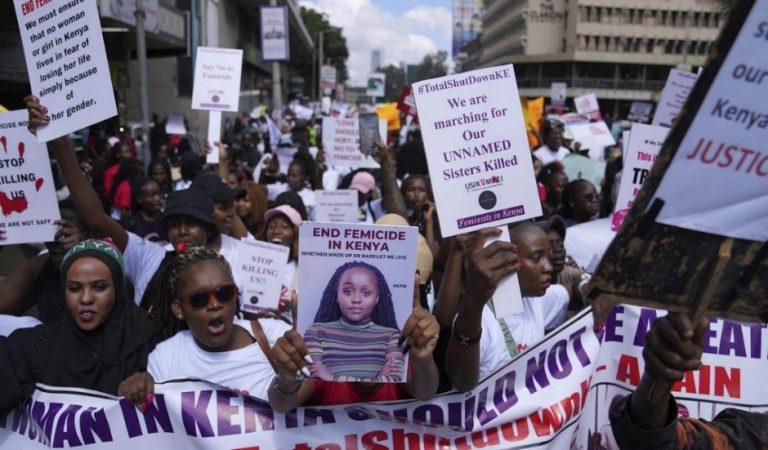UN Women’s Report 2025

- 12 Mar 2025
Context:
Marking the 30th anniversary of the Beijing Declaration and Platform for Action (1995)—a landmark global framework for achieving gender equality—the UN Women’s Report 2025 presents a sobering assessment of the status of women’s rights worldwide. Released ahead of International Women’s Day 2025, the report reflects a disturbing pattern: while there has been measurable progress, recent years have witnessed an alarming backlash against gender equality in many parts of the world.
Key Findings
- Backsliding of Women’s Rights: Nearly one in four countries reported a backlash against women’s rights, often linked to democratic erosion and rise of authoritarian or conservative forces. The report warns of "anti-rights actors" systematically working to undermine legal and policy gains made over decades.
- Escalation in Gender-Based Violence
The world continues to grapple with high levels of violence against women:
-
- A woman or girl is killed every 10 minutes by an intimate partner or family member.
- Conflict-related sexual violence has risen 50% since 2022, with 95% of victims being women and girls.
These trends point to both persistent patriarchal norms and the failure of protective systems, especially in conflict and humanitarian settings.
- Legal and Political Disempowerment
Despite notable legislative progress:
- Women globally have only 64% of the legal rights enjoyed by men.
- Only 87 countries have ever had a female head of state.
- Women occupy just 26% of parliamentary seats, even though this figure has doubled since 1995.
These gaps reflect the structural barriers and gender biases embedded in political systems and governance.
- Economic and Health Inequities
- 10% of women and girls live in extreme poverty.
- Young women (ages 15–24) face limited access to family planning, impacting health and autonomy.
- Maternal mortality has remained stagnant since 2015, reflecting uneven healthcare access.
Positive Developments
Despite the challenges, there are signs of progress:
- 88% of countries now have laws against violence towards women.
- Most countries have banned workplace discrimination.
- 44% of countries are working to improve education and training for women.
- Female legislative representation has more than doubled since 1995.
UN Women’s Roadmap for Gender Equality (2030)
To address setbacks and accelerate progress, the report outlines a five-pronged strategy:
- Digital Inclusion – Ensure equitable access to digital technologies.
- Social Protection – Invest in universal healthcare, education, and safety nets.
- Zero Gender-Based Violence – Strengthen laws, services, and public awareness.
- Equal Decision-Making – Promote women's leadership in all sectors.
- Gender-Sensitive Crisis Response – Integrate gender priorities in humanitarian aid.
Conclusion
The UN Women’s Report 2025 underscores a critical paradox: legal and policy advancements coexist with deep-rooted inequalities and growing resistance to gender justice. As UN Secretary-General António Guterres aptly noted, “Instead of mainstreaming equal rights, we’re seeing the mainstreaming of misogyny.” Achieving SDG 5 (Gender Equality) by 2030 demands sustained political will, democratic resilience, and transformative reforms. For India and the global community, this is both a warning and an opportunity—to reaffirm their commitment to gender justice and inclusive development.
